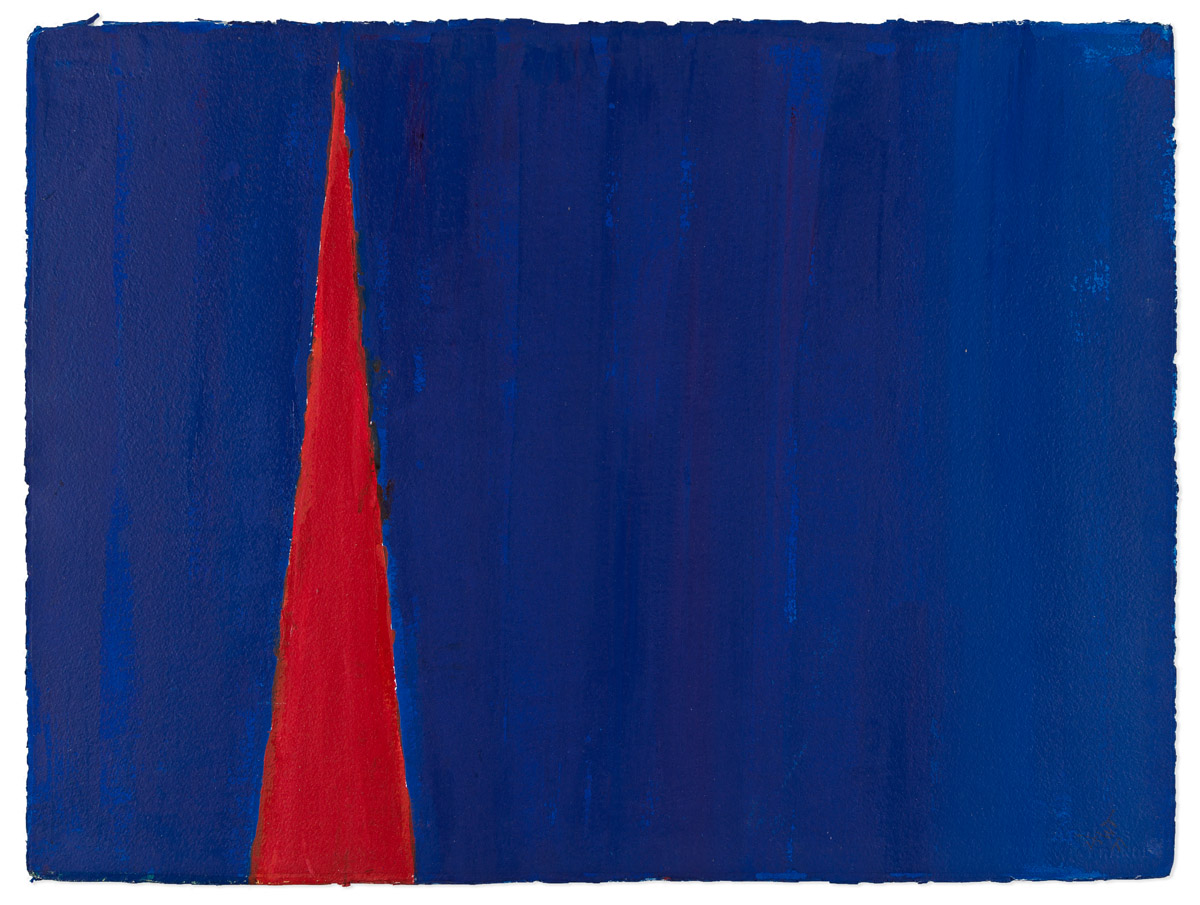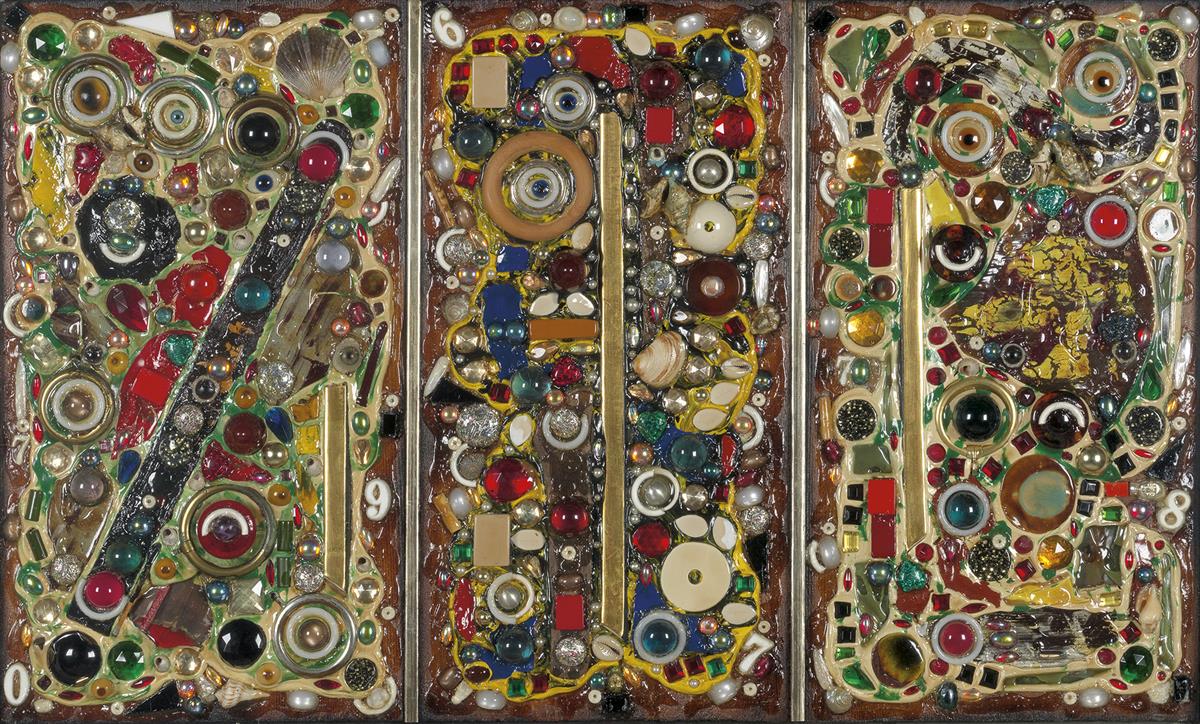Collecting 101: Estimating a George Washington Autograph for Auction
A question I am frequently asked by non-collectors or people new to collecting is, “How do you estimate the value of an autograph?” The question is not easy to answer because there are so many factors involved. Still, there are a few considerations specialists consistently take into account when evaluating historical autographs. Let’s start at the beginning and look at examples of autographs by the first U.S. president, George Washington.

Historical Significance
The evaluation of any collectible involves analyzing the prices of items that are similar to the target. This procedure is most straightforward when the comparable items differ from the target in only a few significant respects and when the comparable items are themselves highly similar to each other. In the case of historical autographs, government documents show a high degree of consistency across time, and they are common enough that it is frequently easy to find a comparable item that is similar to the target. Consider, for example, the document issued to a soldier who had completed his service under George Washington during the American Revolution: a military discharge. Each of these documents is signed by Washington, each has blanks for the name of the soldier, his unit, and dates of service. Swann has sold a number of these documents over the years, varying in the price realized between $9,000 and twice that amount. It is important to consider inflation when comparing prices over time, but for our purposes, we can note that there is a gradual increase affecting values, and, putting this aside, we can suggest that all of Swann’s military discharge documents realized a price near $13,000. The primary factor contributing to this value of $13,000—as in the case of any historical autograph—is the item’s importance to history. This document connects the collector to a momentous time in U.S. history through the touch of one of the most influential figures associated with that moment; moreover, this particular document helped move that history forward.
Rarity
Although rarity is an important factor, it only contributes in a small way to the $13,000 price in our example, as military commissions are relatively common. What, then, are some other factors, especially those that might account for the sometimes significant differences between the prices realized in our examples?
Condition
Condition is perhaps the next most important factor. Fading/boldness in the handwriting (especially the signature); staining/brightness or tearing/wholeness in the paper/vellum—these and similar condition differences go a long way toward explaining the variation in prices of our discharge documents. Another important, and related, factor is aesthetics. To what extent is the signature beautifully executed? Do the various elements of an autograph give an overall impression of balance, or is the eye drawn to a place that is not especially deserving of attention? Are the edges of the sheet square, or ragged? Is the writing on the page square to the edge of the page or askew? These are the sorts of questions that might be incorporated into considerations of aesthetics for documents like those in our examples.

Also related to condition is the factor of completeness. The discharge document sold in lot 9 of Swann sale 2155 shows obvious condition problems, but it is additionally somewhat incomplete because the document was partly mounted to a sheet, likely permanently obscuring what was printed and inscribed on the verso. Completeness is a minor factor in the case of the document in our example, but it becomes weighty in cases such as multi-page documents missing a critical page, or a signature or passage that has been clipped out of a document, or a document that is missing a signature. At least as important a factor as completeness is the volume of handwriting in a given autograph—the question, for instance, whether the autograph consists of a signature that is little more than a squiggle or the draft of a book containing thousands of lines in manuscript. For the collector, more handwriting means more points of contact with the writer or creator.

If our discharge documents are roughly the same with respect to completeness and volume of handwriting, what might account for other differences in price, such as the comparatively high price of $18,750 realized by the discharge document sold by Swann in lot 41, sale 2674? Most of the discharge documents in our examples are for soldiers who had served a couple of years or only a few months—this one recognizes eight years of service, the full length of the Revolutionary War. Although the rarity of such a discharge document surely played a role, another important factor is personal resonance. Anyone would be moved by the level of sacrifice represented in this length of service, but even more so, would it resonate with collectors who served in the military or were close to someone who had. Also, that the discharge is from a New York regiment is sure to have some resonance to collectors who are fond of the state. When the population of people for whom an autograph resonates in a personal way is large enough, it can have a remarkable impact on price.

Aptness of an Autograph
There are a number of other factors that can come into play, increasing the complexity of an evaluation, with some compounding value and others cancelling it out—but there are a few more worth mentioning here. The factor of aptness can become important in some cases, by which I mean the quality of an autograph being in the form that is best showcases the strengths of the creator. Thus, an average painting by Picasso is more valuable than an average poem by him; or again, a painting by Dwight D. Eisenhower is usually not as valued as his wartime letter to General MacArthur. Although any collector of Washington would appreciate a sample of his handwriting, a letter written as president would likely be better esteemed than a receipt for a small loan.

Evidence of Association to Other People, Places, or Events of Interest
Evidence of association to other people, places, or events of interest is another important factor. The item in lot 214, Swann sale 2483, is a cover—a sheet of paper wrapped around one or more letters serving as an envelope—important for a number of reasons, including Washington’s signature (a “franking signature” of special relevance to collectors of philately) and the War-dated note of the recipient, Governor Caesar Rodney. Beyond the value contained in the Washington and Rodney autographs is the item’s association with Rodney himself, who obviously handled this very item; even if Rodney had written nothing, that the cover conveyed business between the two men endows the cover with value. The association makes a connection between two towering figures who played critical roles in the military and government of the early U.S.
A final factor to consider is conciseness: given two items exhibiting the same factors, the one occupying less space is often valued more highly. An autograph quotation by Mark Twain, for instance, packs more meaning and power in a few lines than a full page of his witty prose and, as such, is likely to be of higher value. As we said when discussing volume, usually more handwriting is better than less, and when we discussed completeness, we saw that wholeness is usually preferred over a fragment—but sometimes, the part is so beautifully executed–so evocative in sentiment, so elegant in its line—that other factors are dampened. Consider the signature by Washington, likely clipped out of a letter, sold in lot 191 of Swann sale 2609 and realizing over $10,000, nearly as much as some complete letters signed by him. Perhaps the signature was removed because the rest of the letter was damaged beyond repair or had mundane content—or perhaps it was removed because it has a beauty that overpowered the rest: an inner glow all its own.










![Grace Meschery-McCormack shares about two copies of Fernando de Rojas’s ‘La Célestine,’ including a limited edition copy illustrated by Pablo Picasso.
At auction April 22. Learn more about the works at the link in our bio.
#Rarebooks #rarebookdealer #antiquarianbooks #auctions
_______________________________________
Music Credit:
Schubert - Piano Quintet in A major ‘The Trout’, D. 667 - IV. Andantino – Allegretto
Music provided by Classical Music Copyright Free on Youtube [https://tinyurl.com/visit-cmcf]
Watch: • Schubert - Piano Quintet in A major ‘...]](https://scontent-iad3-1.cdninstagram.com/v/t51.75761-15/491443494_18499096345036585_5935932878956098058_n.jpg?stp=dst-jpg_e35_tt6&_nc_cat=107&ccb=1-7&_nc_sid=18de74&_nc_ohc=m-4Ir9scQRgQ7kNvwF0EC_d&_nc_oc=Adk6vWHvJMH5TK67zw75jTpjO3KqV6u2qJzpfUwC4bmSaYLGiSmw5xfkUuplusJ5mI8&_nc_zt=23&_nc_ht=scontent-iad3-1.cdninstagram.com&edm=AM6HXa8EAAAA&_nc_gid=sh2dz65Krik12HDto7qYsA&oh=00_AfGDXGVC52I1qrum2bk-qwQlvAmSB7a8DH0UR4j2eL4KtQ&oe=680B14D1)









